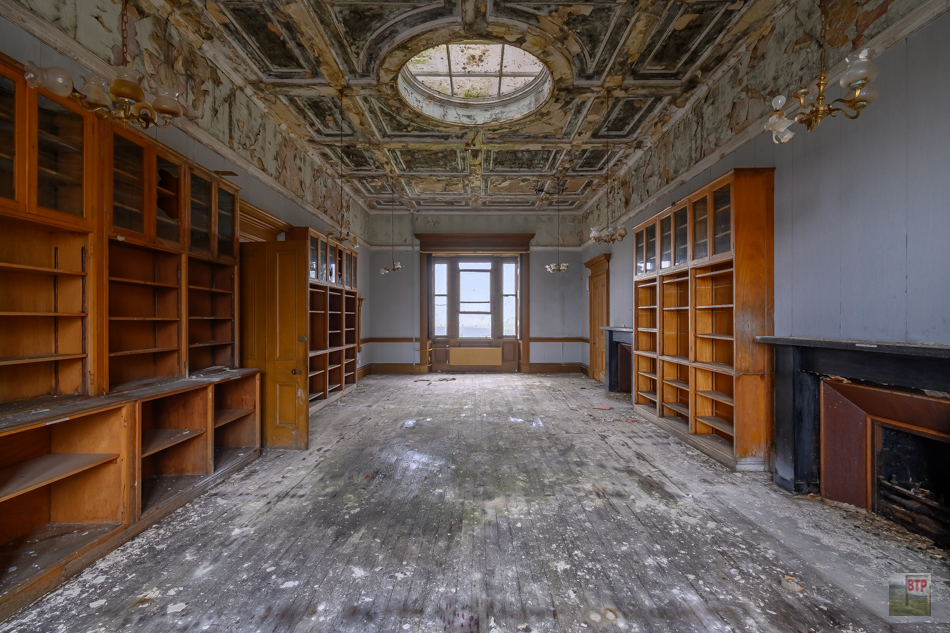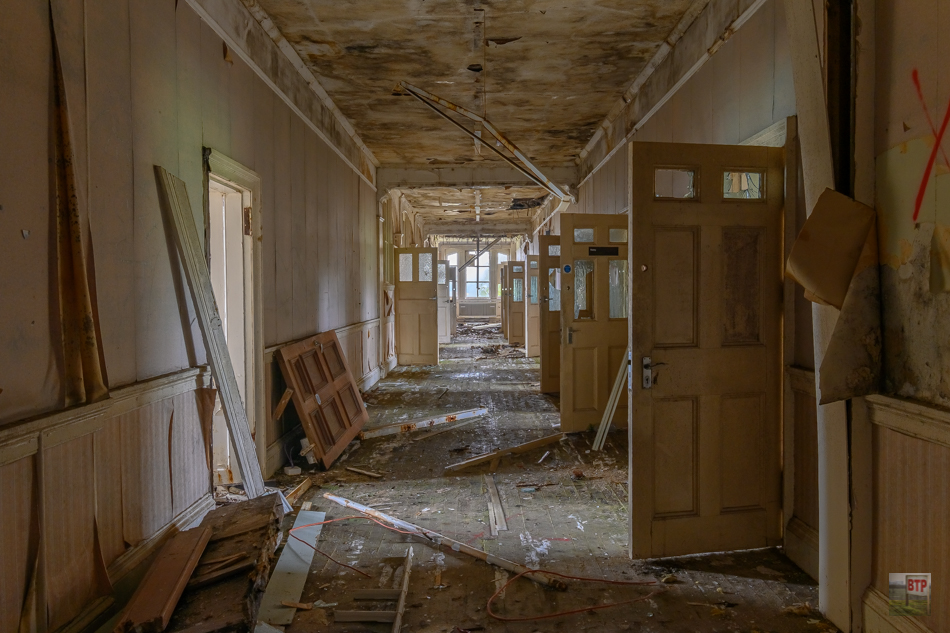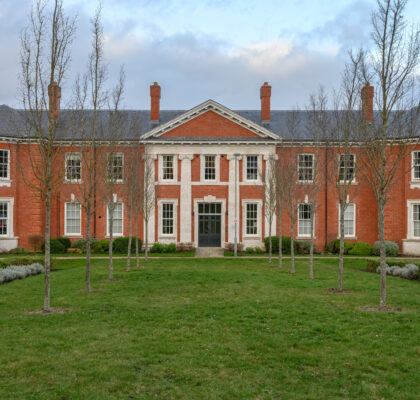The Murray Royal Hospital in Perth is Scotland’s oldest surviving asylum and was one of the grandest built. The now derelict asylum was named after local man James Murray who funded the construction of the hospital after inheriting “considerable wealth.” Designed by William Burn, the original plans were based on designs for West Riding Asylum, in Wakefield, England, and it opened in 1828 as James Murray’s Royal Lunatic Asylum, with accommodation for 80 patients.
Whilst the three-storey building isn’t particularly grand on the outside, inside some impressive 19th century decorative details remain, including a ballroom, library and various timber verandas. A grand, original, staircase in the central octagon was removed in 1864 and a glass roof was added. It’s incredibly rare for such features to survive without altercation almost 200 years after the building opened, making it Scotland’s oldest surviving asylum.




Additional wings, designed by Burn, were added in 1833 and more wings, this time designed by Andrew Heiton Junior, were added in 1888. A chapel and two flanking half-timbered villas were added in 1904. When the hospital joined the NHS in 1948, it was renamed as James Murray’s Royal Mental Hospital.
After the introduction of Care in the Community in the early 1980’s, the hospital went into a period of decline. As large mental health facilities were no long necessary, a new smaller building on the site was later designed, by company Atkins, and opened in 2012. At a cost of £75 million, low and medium secure units were opened and these saw the closure of the older blocks. The building was listed ‘at risk’ in 2012 and it currently being converted into housing.
The second video in our Scotland series takes a look at Murray Royal from 03:01.
Ballroom and Former Library
Asylums that were built later on often had a grand hall at the centre of the site which also acted as a ballroom however the one at Murray Royal is considerably smaller than those at other asylums, although the elegance makes up for that.







Corridors







Other Areas












Sources: Buildings at Risk, Wikipedia
This entry was posted in Location Report



The chapel and villas that were dedicated in 1904 were designed by Maclaren and Mackay. 2 years later, the Head Attendant at the hospital retired and they designed a house for him in Stirling. There was a stained glass window in the chapel designed by Douglas Strachan, Scotland’s top stained glass artist in the 20th century.